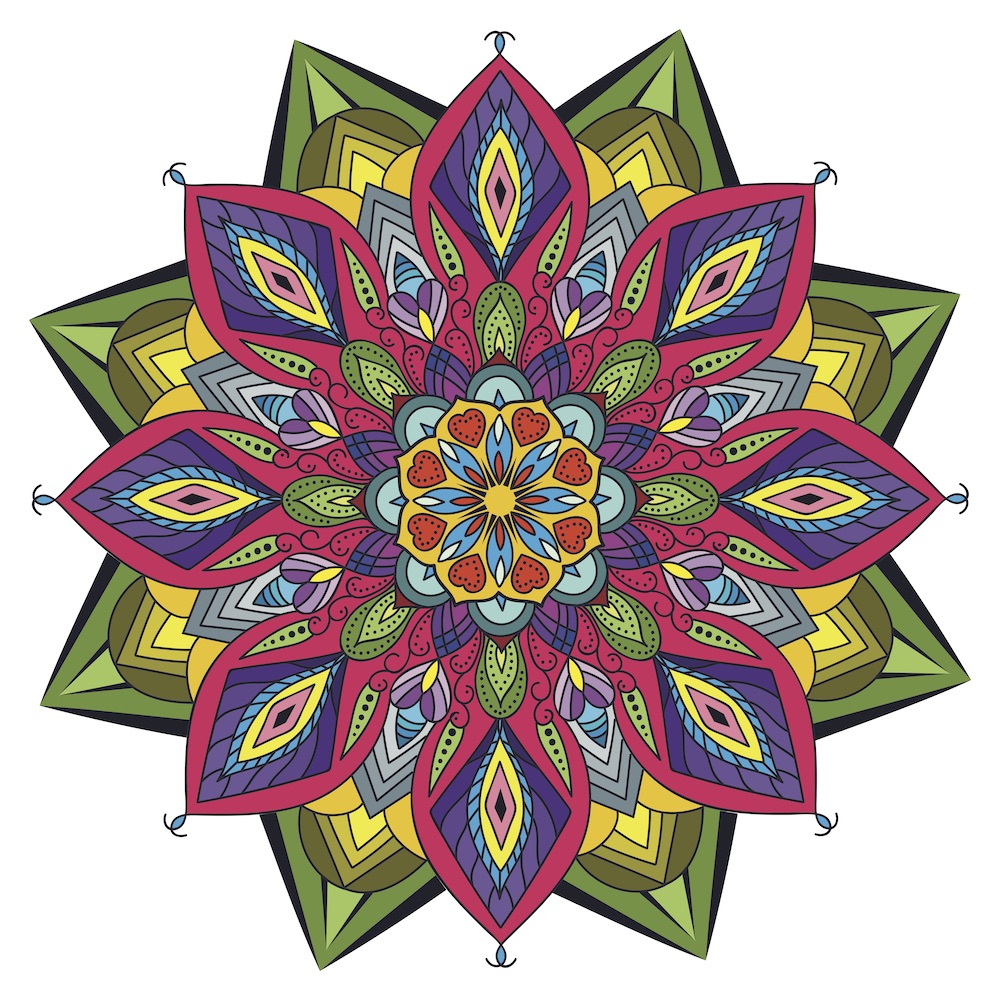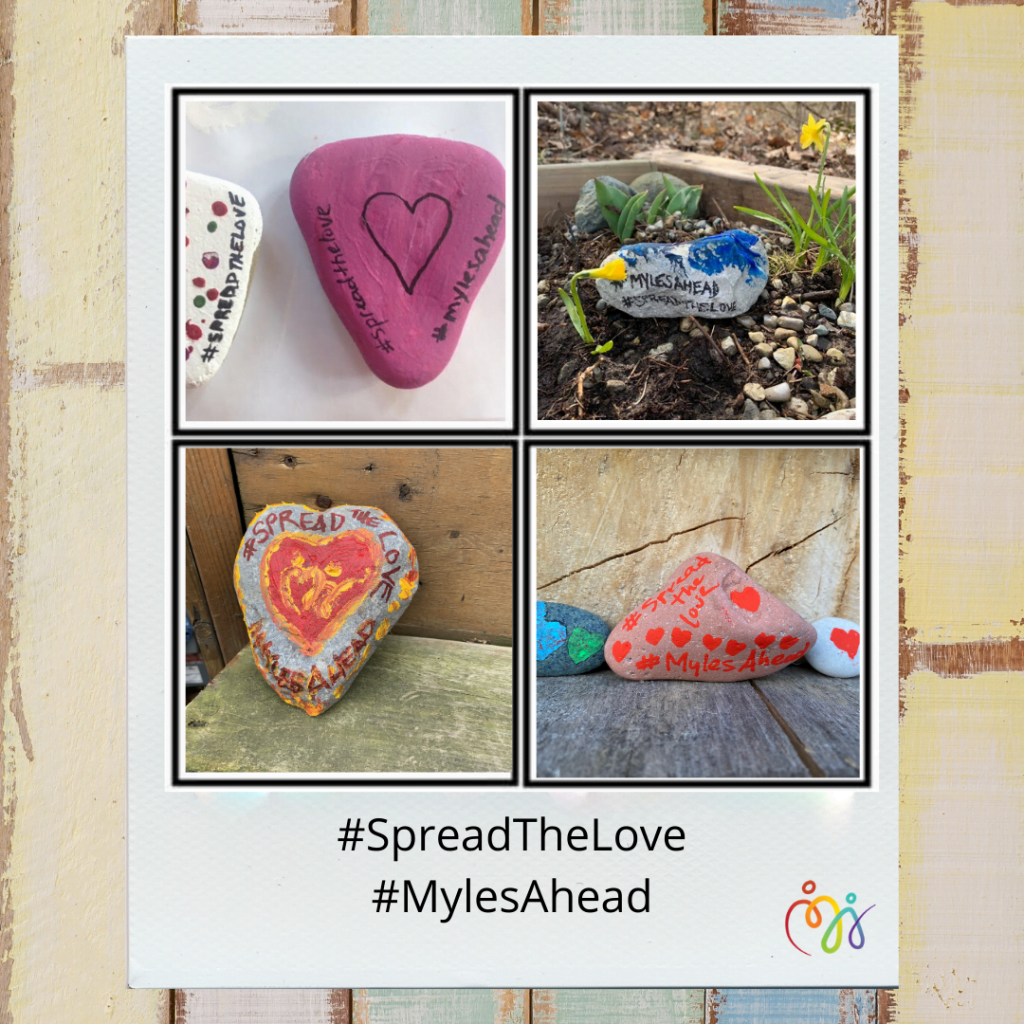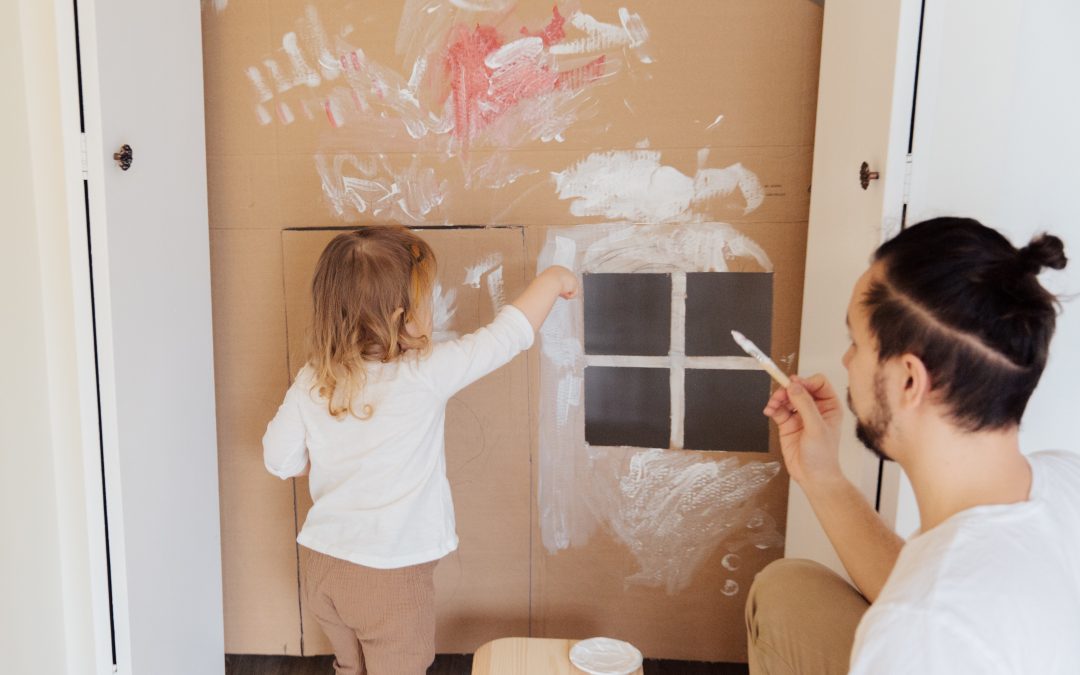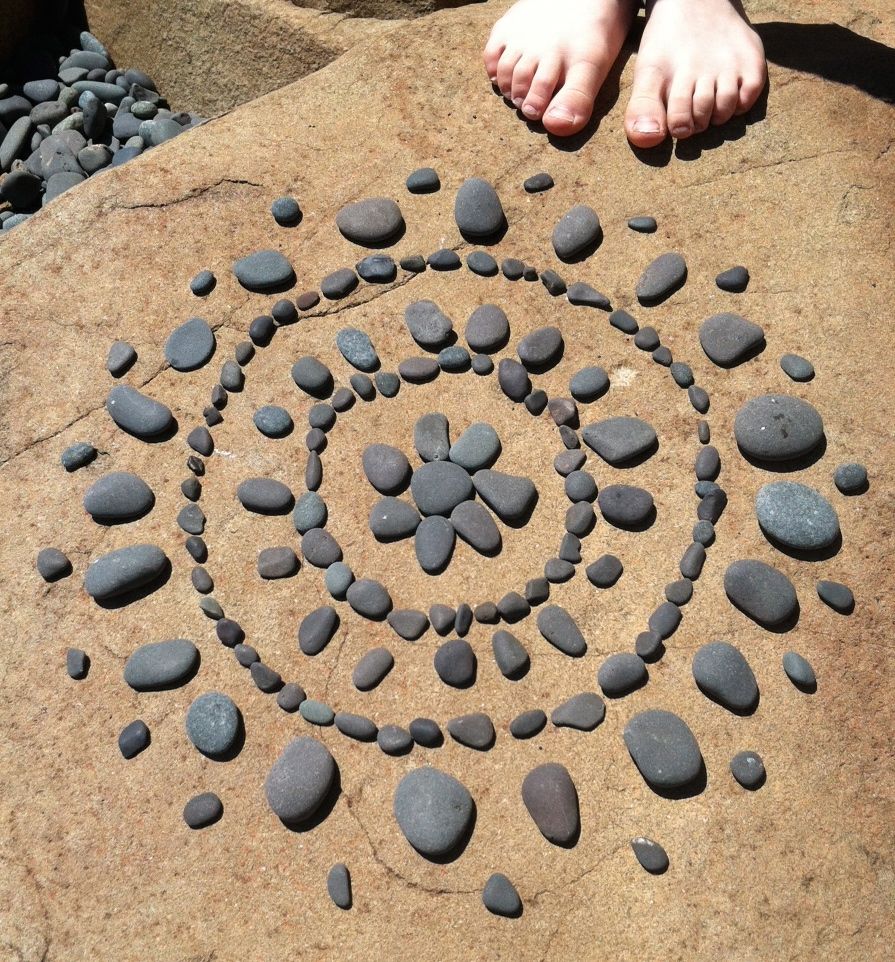Establishing a positive and supportive inner circle builds on the concept of connection and extends it to navigating multiple relationships that form our inner circles. For the purposes of this child & youth focused article, we define inner circle as extending beyond the traditional family or household to encompass the adults that regularly and closely interact with our children and youth. Our inner circle are those relationships that we reach out to either to be supported by or to support us or the kids in our lives; they influence us and our kids and we consider them the core ‘team’ in the lives of our kids.
Most parents of multiple children will tell you how different each of their children are. Caregivers are challenged to adapt their strategies to achieve the desired outcomes for their kids (think cleaning up after themselves, getting ready for bed, or for youth, out of bed). These tasks can be easy to navigate with one child and incredibly challenging with another. So, how do we create an inner circle that is supportive for the individual children & youth within the circle, and also maintain our own inner balance? How much time have you got?
The truth is, finding a balance that supports everyone in an inner circle for some will be a never-ending journey of discovery – what works one day, may one day no longer work… and when that happens we can feel the energy shift just like how our anxiety rises wen the shark music starts in the movies. This video does a great job on parenting through shark music & the concept of ‘being with’.
Expressing empathy when someone is experiencing difficult emotions can sometimes feel impossible. The more we practice self care and are conscious of being emotionally available to the children & youth in our lives, the easier these practices get, and indeed, the relationship bonds will benefit.
It bears repeating that connections help us feel safe, valued, and that we belong. And having strong bonds with our ‘inner circle’ will strengthen our abilities to manage stress, problem solve, and get along with others. Below are some suggestions to support Mind, Body, and Spirit as it pertains to creating balance in our inner circle.
Mind
While establishing and maintaining a balanced inner circle is a journey in-and-of itself, there are a few key concepts & tools to keep in mind that can help us along the way:
- Check in with yourself& self sooth – what are you feeling, observing, experiencing? Initiating a conversation when we feel calm will always be more productive than when we are stressed, anxious, or upset. Take a break and do something for yourself that is relaxing.
- Check in with each member of your circle– Observe how they are feeling, what they are experiencing. Check in with them and really listen.
- Listen. Use the WAIT (Why Am I Talking) principle and actively listen. Try to listen without judgement. What is the need being expressed? Is there an opportunity to empathize & connect? It can help to restate what you think you heard, not only to ensure you have understood, but it also helps the speaker feel valued.
- Be vulnerable. It takes courage to say what you feel, and to acknowledge our roles in challenges. It is okay to offer an apology and to say how we feel – trying using “I/my” statements (I feel upset when… It hurts my feelings when… I get angry if…).
- Use positive redirection. Express your needs and requests in the positive, such as “Let’s”, “Can we”, “How about” rather than “Don’t”, “You shouldn’t”, “Why do you”…
- Collaborate on solutions. Our expectations may not be aligned with others. It is up to us to express our needs and requests, and we can work together to find ways to help move things in the right direction. When we collaborate on the solution, the follow through will usually be more successful.
- Catch the positive & express gratitude! As adults, we are quick to notice when things are not going right with our kids, but our kids need to hear what they are doing right. While the impact of encouraging/discouraging communication is complex, the research suggests that 5 or more yeses/affirmation to each no/discouragement that we direct at our kids will support positive self esteem and socio-emotional development.
Remember, behaviour is temporary. In other words, the person is not the behaviour. Recognize and celebrate the good behaviour whenever possible. By doing so, we can help our kids, ourselves, and each other feel better when faced with all the other stresses that life throws at us.
Body
Find something to do with each of your kids individually, doing something that they enjoy. Whether it is a walk, bike ride, or baking together, use this time as a ‘no correction’ time and allow your child feel relaxed with you. Make a point to acknowledge what he/she /they are doing well, what you are enjoying about the time you are spending together. Consider making this a regular activity that you share; it is a great way to deepen the trust bond between you and help maintain balance for the inner circle as a whole.
Spirit
Why not try a collaborative art project for the whole family, like creating a mandala or a series of mandalas together? If you haven’t heard of them before, mandalas are an Asian artform that contain geometric designs within a circle form.

Mandalas represent different aspects of the universe and are often used for meditation, teaching and healing. The idea is that the mandala we create helps us process our internal universe through the methodical drawing technique.
If doing one mandala collaboratively, the inner circle can decide how the effort will work best. Maybe each member of the inner circle takes a turn to create a layer or section of the design, or adds a specific colour or aspect to it. Alternatively, everyone can do their own mandalas as the same time, ideally in the same space, and share the collective energy of the process together. Get creative! It might be more fun to make the mandala out of things found in nature, or even in your spice rack!
Who knows, maybe the mandala you create will become a favourite piece of art for that will remind everyone of the relaxing time spent together.
Don’t forget about our special family-friendly social media experiment to #SpreadTheLove #MylesAhead:

If you haven’t already read about it, here are the instructions for the activity.
i. Paint a heart on a rock of your choosing.
ii. Write #SpreadTheLove #MylesAhead
iii. Place it in someone’s garden, or in a public space for others to see.
iv. Take a picture. Share it on social media with your location. Remember to tag us and use the hashtags #SpreadTheLove #MylesAhead!
We will monitor the progress – let’s see how far we can #SpreadTheLove!
ADDITIONAL RESOURCES
Children: Zero by Kathryn Otoshi – A Story Book about feeling whole.
Youth: Threads is a beautiful short film about parental love.
Teachers/Educators: How to Connect With Kids: 3 Principles from a Principal.
Caregivers/Parents: Every kid needs to feel seen — here are 2 ways you can do this.


